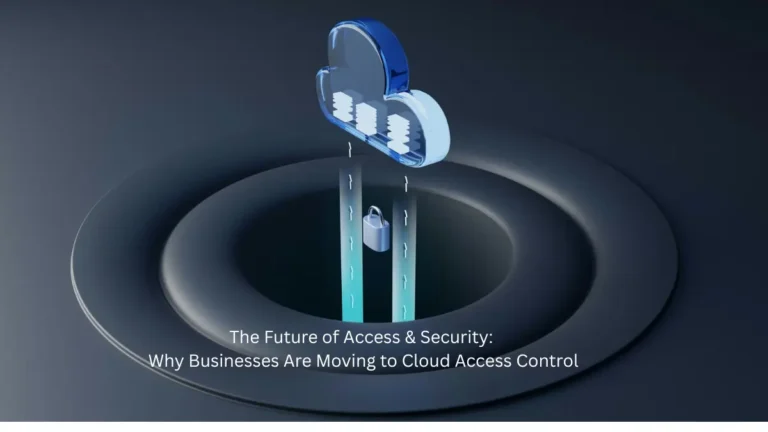The digital revolution isn’t slowing down – it’s accelerating. As we dive into 2025, technological trends for companies are reshaping how businesses operate, compete, and thrive. Companies that embrace these shifts don’t just survive; they dominate their markets.
Gone are the days when adopting one tech solution could carry you through the year. Today’s business landscape demands agility, foresight, and the courage to bet on emerging technologies that’ll define the next decade.
AI Agents Replace Basic Automation
2024 was AI’s breakout year, but 2025? That’s when AI agents become your company’s secret weapon. We’re talking about sophisticated systems that don’t just follow scripts – they think, adapt, and execute complex business processes.
What’s Changed: Unlike basic chatbots, AI agents can handle end-to-end workflows. They negotiate contracts, manage supply chains, and even conduct initial job interviews.
Case Study: Shopify’s AI agents now handle 67% of customer service inquiries without human intervention, reducing response times from hours to seconds while maintaining 94% satisfaction rates.
The Bottom Line: Companies using AI agents report 40% productivity gains and 60% cost reductions in routine operations. The technology has matured from experimental to essential.
Quantum Computing Goes Commercial
Quantum computing isn’t science fiction anymore – it’s happening right now. Major corporations are leveraging quantum systems for complex problem-solving that traditional computers can’t handle.
Real Applications:
- Financial modeling and risk analysis
- Drug discovery and molecular simulation
- Supply chain optimization
- Cryptographic security
Case Study: Volkswagen uses quantum computing to optimize traffic flow in major cities, reducing commute times by 25% in pilot programs across Lisbon and Barcelona.
IBM’s quantum cloud services now support over 200 enterprise customers, with adoption growing 300% year-over-year.
Industrial Metaverse Transforms Operations
The metaverse found its sweet spot – not in gaming or social media, but in industrial applications. Companies are building digital twins of entire operations, from manufacturing floors to retail environments.
Key Benefits:
- Risk-free testing of new processes
- Remote training and collaboration
- Predictive maintenance
- Enhanced safety protocols
Case Study: Boeing reduced aircraft development time by 30% using metaverse technologies to test designs digitally before physical prototyping. Their engineers collaborate in virtual spaces, identifying potential issues months earlier than traditional methods allowed.
Gartner predicts industrial metaverse revenue will hit $100 billion by 2030, with early adopters capturing the biggest advantages.
Sustainable Tech Becomes Profit Driver
Green technology isn’t just about corporate responsibility anymore – it’s a competitive advantage. Companies that invest in sustainable tech are seeing immediate returns through cost savings and new revenue streams.
Emerging Opportunities:
- Carbon capture and utilization
- Circular economy platforms
- Clean energy storage solutions
- Biodegradable electronics
Case Study: Microsoft’s AI-powered energy management system reduced their data center power consumption by 35% while improving performance. The savings? Over $2 billion annually across their global operations.
Forward-thinking companies are discovering that sustainable tech often pays for itself within 18 months through efficiency gains and regulatory advantages.
Zero-Trust Cyber Resilience
Traditional security models are dead. Companies are adopting zero-trust architectures that assume every access point is potentially compromised. This isn’t paranoia – it’s smart business.
Core Principles:
- Verify every user and device
- Grant minimal access permissions
- Monitor all network activity
- Automate threat response
Case Study: After implementing zero-trust architecture, JPMorgan Chase reduced security incidents by 85% and cut their security operations costs by 50%. Their system now stops 45 billion cyber attacks annually.
The Reality Check: Cyber attacks cost businesses an average of $4.88 million per breach in 2024. Companies with zero-trust systems? They’re seeing 70% fewer successful attacks.
Making These Trends Work for You
These aren’t distant possibilities – they’re happening now. Companies that wait for these technologies to become “mainstream” will find themselves competing with organizations that have years of implementation experience.
Start Smart:
- Pick one trend that aligns with your biggest business challenge
- Run pilot programs before full deployment
- Invest in training your team on new technologies
- Partner with tech vendors who understand your industry
The companies dominating 2025 aren’t necessarily the biggest or oldest – they’re the ones that recognize technological trends for companies as opportunities, not obstacles. Your move.
Ready to transform your business with these emerging technologies? The future belongs to companies that act today, not tomorrow.




